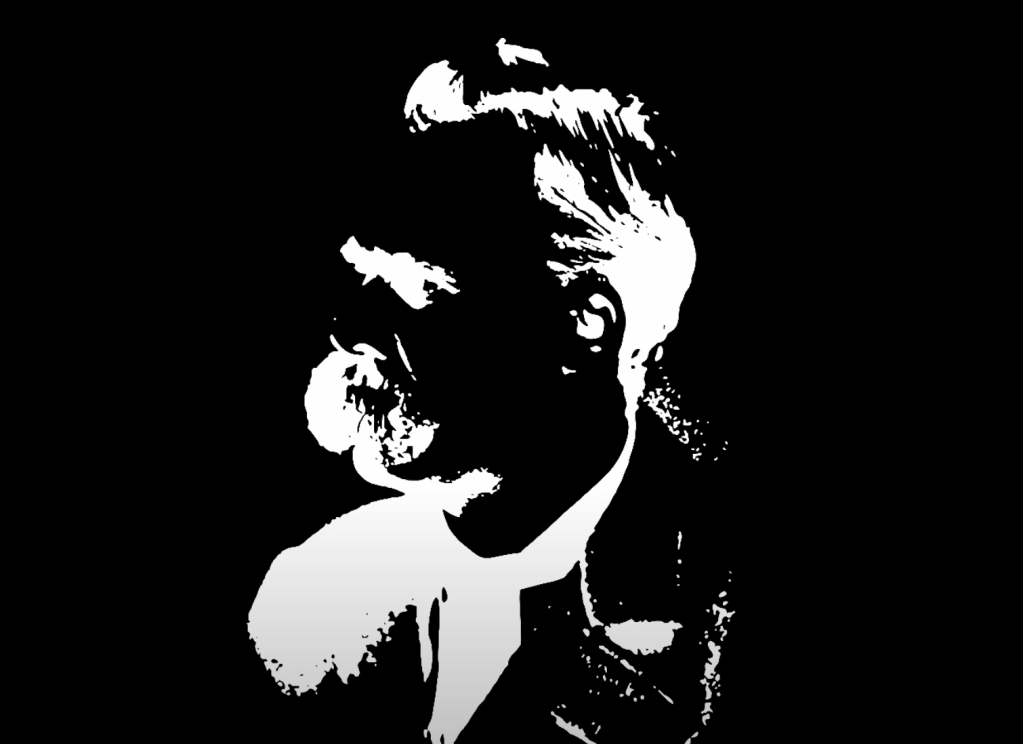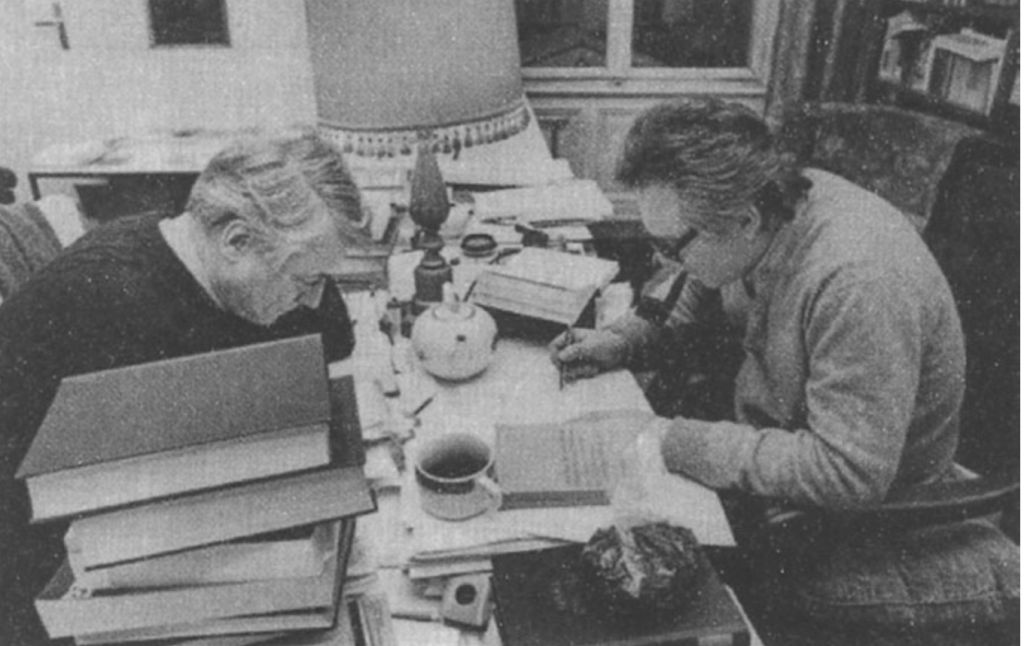The debate around the Ground Zero Islamic Center has unleashed a flurry of fear-provoking rhetoric, initiated by a small, but concerted cottage industry of anti-Muslim activists. This base of Muslim bashers has recently joined forces with the GOP, largely at Newt Gingrich’s behest, to adopt an anti-Muslim platform to mobilize their base for the mid-term elections. By portraying Islam as an/the enemy, equating it with Nazism, and continually questioning the true nature of the religion, the conservative base is given greater cohesion. The unfortunate outcome of this political calculation is that it is done on the backs of the 6 – 9 million Muslims that live in the United States. They are left to defend themselves in a society where their social capital is extraordinarily low. Over 29% of their fellow Americans would not want them as their neighbor, 23% would favor they carry special ID tags, and just under half of Americans see the mainstream parts of their religion as promoting violence.

In this climate of exaggerated fear and suspicion, mainstream American discourse often directs the tone of questions, blogs, and debates towards the persecuted “out-group.” The discourse on Islam and Muslims is usually focused on trying to understand what “they” think and what “they” want. In other words, we turn our attention onto the hated, but very seldom do we seek to understand the haters.
What drives the haters? What fuels their prejudice, and how can that prejudice be reduced? I sought to answer these questions recently at a conference that brought together psychologists, social workers, and other activists and academics. The Muslim Mental Health conference held at Michigan State University last May was focused on “Addressing the Myths and Realities of the Relationship among Mental Health, Violence and Muslims.” It touched on crucial issues such as homegrown terrorism, civil rights of Muslims, and the impact of prejudice on Muslims.
While I am not a trained social psychologist, I was drawn to social psychology after reading Gregory Allport’s The Nature of Prejudice written during the American civil rights movement. Allport’s research remains the seminal text on the theory of prejudice, and his arguments even anticipate more recent scientific advances in neuroscience. Instead of analyzing prejudice as merely a stimulus object, whereby the out-group (Muslims in this case) are perceived as an object of denigration, Allport looked towards the system of prejudice as a projected reality of the character structures of the person who employs the stereotype.
Below, I want to offer a few terms and models from social psychology to help understand the specific threats that Muslim Americans face in light of the rise of anti-Muslim sentiment. My focus will be on understanding how prejudice arises, how it functions, (and based on more recent experiments), how it can be reduced and or eliminated entirely.
Understanding Prejudice – The Nature of Prejudice
Allport’s methodology in The Nature of Prejudice is important because for the first time it “turned analysis away from the hated object back to the hater.” In its expressed form the stereotype is an emotional response to a perceived threat to the buildup of stress. Once it is articulated, the stereotype ameliorates the fear and anxiety within the person. The stereotype is the result of a series of internalized values, and the release of a stereotypical action serves to soothe the fears and anxieties built up about the “out-group” inside the individual.
Allport’s “functional approach” is based on a concept he refers to as the “least effort principle,” or the tendency on behalf of the mind to categorize stimuli in the grossest manner compatible for action. Once a category is created (in this case an out-group, Muslim or Arab), that category “saturates all it contains with the same ideational and emotional flavor.” Moreover, the category attunes the individual to information consistent with it, while inducing avoidance of contradictory data. The least effort principle shows that forming a bias towards one ethnic group is really no different than forming a bias towards any other object in material reality, so if I have an aversion to pork, or a sports team, or rainy days, the form of my aversion fits the same structure as the out-group would form in my mind’s categorization of that object.
Terror Management Theory – Accounting for Extreme Prejudice
Allport’s functional model helps to reveal that way that prejudice itself functions, but it does not answer the more extreme form of prejudice that exists with certain segments of the population. A theory that gets at a more existential level analysis of prejudice is terror management theory; inspired by philosopher Ernest Becker’s book The Denial of Death. Becker argued that we transfer, or sublimate our fear of death onto a higher level, particularly onto our culture, and the sublimation imbues our cultural identifications with new kinds of anxieties and instabilities. Terror management theory utilizes Becker’s framework and argues that awareness of our own death, or of our culture’s death structures our defensive reactions and our very worldview. Terror management theory fits nicely with Allport’s functional model because it claims that the act of denigrating an other’s worldview often serves to replenish one’s own worldview; denigration then becomes the basis of psychological security.
What little research there is on terror management theory and prejudice shows mixed findings. For example, in one study, heightened awareness of one’s own death tends to lead stigmatized individuals to defensively dis-identify from their in-group and even conform to negative cultural stereotypes. Other research shows that stigmatized out-groups facing the pressure of MS are also given a heightened capacity for creating situations of pluralism.
How Stereotypes are Changed
In the last two decades, beginning with the steady growth in neuropsychology at the beginning of the 1990’s, studies of prejudice have largely been based on a dualistic model split between intentional and unintentional frameworks. This division sees the role of breaking stereotypes in two ways: breaking stereotypes through conscious intentional means, i.e. “it’s just like replacing a bad habit,” and secondly through non-intentional means, such as pointing to solutions that are based in changing overall social environment.
It remains largely unknown how different forms of bias affect different types of behaviors in part because different underlying forms of implicit bias are difficult to parse using behavioral measures (Pictures in Our Heads, Amodio, David, Pg. 349). What is clear is that breaking down stereotypes requires sustained, deliberative processes over time. Individuals must take an active role in “saying no” to the influence of automatic stereotyping. Another complication is that most neuropsychological tests have been examined intrapersonally: and as a result we have very little understanding of how “implicit biases” get activated? What is needed is more research on interpersonal stereotypical processes.
The work of Patricia Devine’s work in automaticity in the early 1990’s shows that no response is completely “process pure.” Similarly, social psychologists Gilbert and Hixon in 1991 showed that when distracted or busy, the capacity for members to draw stereotypes is significantly diminished, leading them to conclude that a stereotype is not necessarily rooted in an unconditional deep-rooted bias but that there exist a great deal of malleability to stereotypes. In Moskowitz’s studies of prejudice and automaticity, he found that the stimulus of a negative out-group minority starts two processes at the same time: the activation of the stereotype and the activation of an egalitarian impulse, and these two forces will inhibit one another and then influence judgments (Moskowitz, 1999).
Moskowitz’ findings are also somewhat counter to Allport’s “values-based” approach to understanding stereotypes because he was able to show that while values play a dominant role in stereotype generation they don’t always elicit unconditional biases, and that both through intentional (a change in habits) and unintentional (changes in environment) stereotypes can radically change. In one study conducted, white participants that viewed images of African Americans in different contexts in an immediate image and then fMRI results were portrayed in a matter of milliseconds, stereotypes were highly contingent on context. African Americans seen at churches, or barbeque, compared to in ghetto conditions, etc. elicited automatic stereotypes more frequently. It a longitudinal study of two undergraduate seminars, one in conflict prevention that focused on intergroup dialogue intensively, and the second in a research methods, students that participated in the intergroup dialogue course showed clear signs of diminished automatic capacities of prejudice, whereas students enrolled in the research course did not (Rudman, Ashmore, and Gary).
In a 2004 study conducted by Dasgupta and Asgari, social environments containing stereotypical or counter stereotypical exemplars were proven to impact automatic stereotypic beliefs. At an all-white school consistent exposure to generally liked blacks (Denzel Washington) and disliked whites (Jeffrey Dohmer) proved to lessen the prevalence of stereotypes towards the entire category of blacks.
One interesting and also challenging finding is that for test subjects that sought to “search and replace” their stereotype they were faced with new recurring stereotypes. In a study commissioned by D.T. Wegner found that for most subjects who had admitted to harboring stereotypical thinking, the effort of replacing the negative stereotype often lead to that very same stereotype reemerging into conscious awareness would rebound and become then become a part of that subject’s reality. This is a bit ironic that the conscious suppression of stereotypical thinking, or the “rebound effect” – on the one hand it shows that stereotypes have a strong hold over is not as prevalent in people who have internalized egalitarian values do not appear to be as susceptible to rebound effects as much as high-prejudiced individuals (Sherman and Devine, 1998). Yet, one caveat here is that in studies where the individual out of their own will, usually induced by a morally compelling experience seeks to consciously reform their stereotypical thinking they are more likely to reform their stereotypically thinking and not have “rebound effects,” a person who is externally forced through a training or some other intervention (the AA for prejudiced individuals) they are more likely to exhibit rebound effects (Wegner, 1994). What Wegner’s studies have discovered is that the more people seek to deliberately suppress their stereotypical thinking the more their automatic processes are open to new stereotypes entering their perception.
Research by Monteith in the early 1990’s has shown that low-prejudiced individuals with generally egalitarian value systems dramatically self-regulate themselves and impose punishment associated with prejudiced responding. The question that remains to be answered is how do we cultivate a sensitivity to bias that arises from automatic processes. Neuropsychological studies have indicated that one drawback from these studies is that they are solely limited to purely automatic, pre-reflective neural processes so they are not
Conclusion
What this shows is that positive associations with out-groups may be generalized beyond initial specific exemplars to the general social category, and that a high degree of malleability and environment-contingent variability is dependent for any project to change stereotypical thinking. These findings in automaticity also imply that appropriate environmental pairings and mental representations have the potential to counter the associations that have been learned in the past.
Whether these representations of reinforced positive characterizations can persist over time has yet to be shown in any more comprehensive longitudinal study. Collectively, these studies indicate that there needs to be more research done at the intersection of automatic processes and the way they interact. One problem is that there still is not enough cross-disciplinary work going on between social psychologists and neuroscientists.



Leave a comment